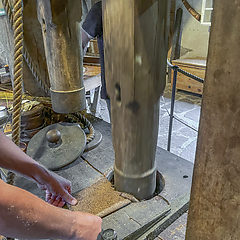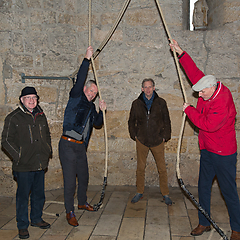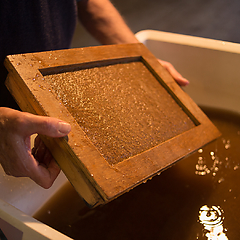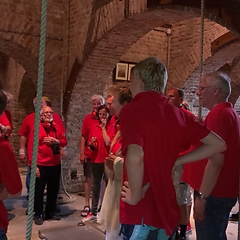The basketry craft is a construction technique in which the maker produces basketry with both hands and only a few tools, using age old techniques. The craft is still directed at producing home accessories and useful objects, like baskets, but luxury products or artwork are made as well. Basketry, is done with wicker, rushes, straw, various grass varieties, blackberry twigs and other flexible twigs from the Netherlands. Others use rattan, material that initially came to the Netherlands from The Dutch East Indies as ballast. There is a variety of weaving techniques, sometimes adapted to the material. The three main techniques are 1. stakes and weavers technique (comparable to weaving), 2. Plaiting technique (spacial forms are made of flat wickerwork), 3. binding technique (wrapping material that does not look very nice in good-looking material). The craft comprises – besides the regular making of useful basketry objects – wicker cultivation and processing: drying, soaking and if necessary: splitting and planing.



